 https://irandoostan.com/dostcont/uploads/2016/05/The-First-Symposium-on-Mysticism-of-the-Neuroendocrinology-in-Iran-1.jpg
687
1030
Travel to Iran
https://irandoostan.com/dostcont/uploads/2025/05/Irandoostan-logo.webp
Travel to Iran2016-05-10 11:31:462023-10-17 11:07:11The First Symposium on Mysticism of the Neuroendocrinology in Iran
https://irandoostan.com/dostcont/uploads/2016/05/The-First-Symposium-on-Mysticism-of-the-Neuroendocrinology-in-Iran-1.jpg
687
1030
Travel to Iran
https://irandoostan.com/dostcont/uploads/2025/05/Irandoostan-logo.webp
Travel to Iran2016-05-10 11:31:462023-10-17 11:07:11The First Symposium on Mysticism of the Neuroendocrinology in Iran https://irandoostan.com/dostcont/uploads/2016/05/IMG_9035.jpg
1067
1600
Travel to Iran
https://irandoostan.com/dostcont/uploads/2025/05/Irandoostan-logo.webp
Travel to Iran2016-05-01 04:26:342016-05-01 06:10:51AeroPodium Organized the First Aviation Symposium in Iran
https://irandoostan.com/dostcont/uploads/2016/05/IMG_9035.jpg
1067
1600
Travel to Iran
https://irandoostan.com/dostcont/uploads/2025/05/Irandoostan-logo.webp
Travel to Iran2016-05-01 04:26:342016-05-01 06:10:51AeroPodium Organized the First Aviation Symposium in Iran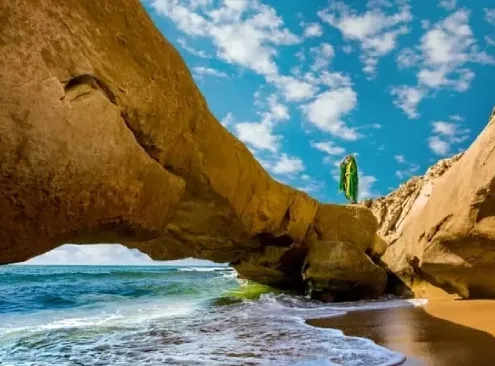 https://irandoostan.com/dostcont/uploads/2016/04/Parsian-Beach.webp
366
800
Travel to Iran
https://irandoostan.com/dostcont/uploads/2025/05/Irandoostan-logo.webp
Travel to Iran2016-04-30 04:28:592025-05-07 17:02:24Persian Gulf National Day
https://irandoostan.com/dostcont/uploads/2016/04/Parsian-Beach.webp
366
800
Travel to Iran
https://irandoostan.com/dostcont/uploads/2025/05/Irandoostan-logo.webp
Travel to Iran2016-04-30 04:28:592025-05-07 17:02:24Persian Gulf National Day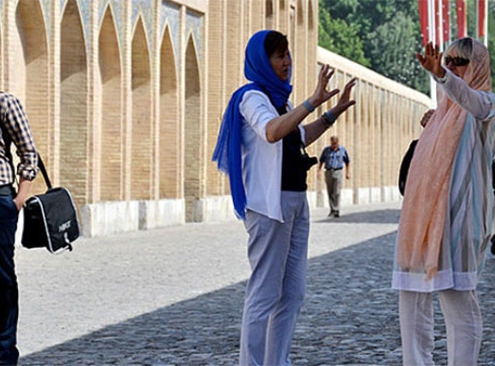
Learn to speak Farsi for your travel to Iran
On your travel to Iran, you may need to Speak farsi (Persian)…
 https://irandoostan.com/dostcont/uploads/2016/04/zamine-pak_Artboard-3.jpg
2480
2480
Travel to Iran
https://irandoostan.com/dostcont/uploads/2025/05/Irandoostan-logo.webp
Travel to Iran2016-04-20 11:46:122025-04-13 15:26:07International Earth Day
https://irandoostan.com/dostcont/uploads/2016/04/zamine-pak_Artboard-3.jpg
2480
2480
Travel to Iran
https://irandoostan.com/dostcont/uploads/2025/05/Irandoostan-logo.webp
Travel to Iran2016-04-20 11:46:122025-04-13 15:26:07International Earth Day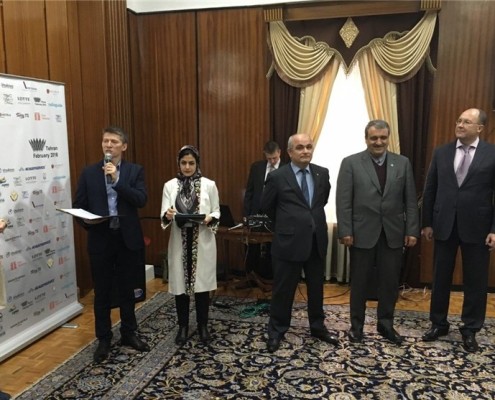 https://irandoostan.com/dostcont/uploads/2016/04/139411271715404877138714.jpg
557
800
Travel to Iran
https://irandoostan.com/dostcont/uploads/2025/05/Irandoostan-logo.webp
Travel to Iran2016-04-19 06:27:222023-10-17 14:05:55Iran and Russia Boost Their Tourism Exchange
https://irandoostan.com/dostcont/uploads/2016/04/139411271715404877138714.jpg
557
800
Travel to Iran
https://irandoostan.com/dostcont/uploads/2025/05/Irandoostan-logo.webp
Travel to Iran2016-04-19 06:27:222023-10-17 14:05:55Iran and Russia Boost Their Tourism Exchange https://irandoostan.com/dostcont/uploads/2016/04/photo_2016-04-10_10-17-07.jpg
853
1280
Travel to Iran
https://irandoostan.com/dostcont/uploads/2025/05/Irandoostan-logo.webp
Travel to Iran2016-04-10 06:55:002017-03-09 10:06:37Presentation of Iran to Argentinian Tour Operators
https://irandoostan.com/dostcont/uploads/2016/04/photo_2016-04-10_10-17-07.jpg
853
1280
Travel to Iran
https://irandoostan.com/dostcont/uploads/2025/05/Irandoostan-logo.webp
Travel to Iran2016-04-10 06:55:002017-03-09 10:06:37Presentation of Iran to Argentinian Tour Operators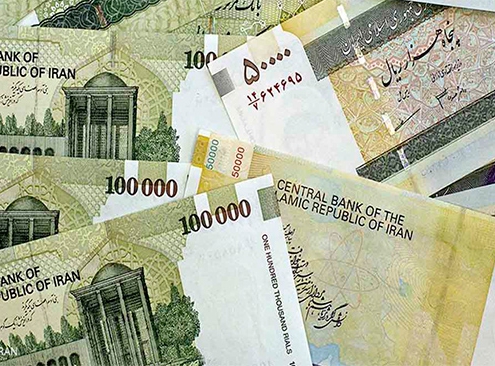
Iran currency information for travelers + Exchange Rate
Iran currency information for travelers
You arrive in Imam…
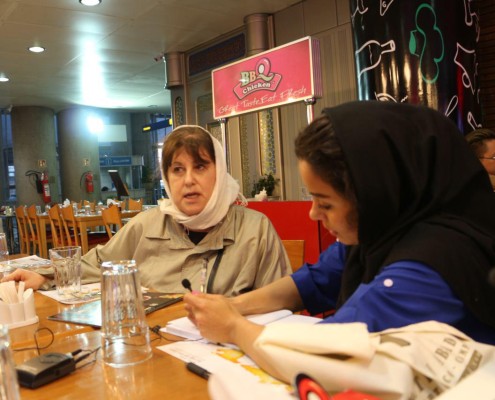 https://irandoostan.com/dostcont/uploads/2016/04/photo_2016-04-05_09-37-41.jpg
853
1280
Travel to Iran
https://irandoostan.com/dostcont/uploads/2025/05/Irandoostan-logo.webp
Travel to Iran2016-04-05 06:03:442023-09-17 16:15:16NYU Fine Arts Museum’s Director in Iran after Fifty Years
https://irandoostan.com/dostcont/uploads/2016/04/photo_2016-04-05_09-37-41.jpg
853
1280
Travel to Iran
https://irandoostan.com/dostcont/uploads/2025/05/Irandoostan-logo.webp
Travel to Iran2016-04-05 06:03:442023-09-17 16:15:16NYU Fine Arts Museum’s Director in Iran after Fifty Years https://irandoostan.com/dostcont/uploads/2016/04/photo_2016-04-05_09-37-05.jpg
853
1280
Travel to Iran
https://irandoostan.com/dostcont/uploads/2025/05/Irandoostan-logo.webp
Travel to Iran2016-04-05 05:41:302023-12-18 08:55:25From New York Museum to Tehran for Modern Iranian Art
https://irandoostan.com/dostcont/uploads/2016/04/photo_2016-04-05_09-37-05.jpg
853
1280
Travel to Iran
https://irandoostan.com/dostcont/uploads/2025/05/Irandoostan-logo.webp
Travel to Iran2016-04-05 05:41:302023-12-18 08:55:25From New York Museum to Tehran for Modern Iranian Art https://irandoostan.com/dostcont/uploads/2016/04/COTTM-2016-Iran-Doostan.jpg
1179
1806
Travel to Iran
https://irandoostan.com/dostcont/uploads/2025/05/Irandoostan-logo.webp
Travel to Iran2016-04-03 11:16:492017-03-09 08:40:48IDT will be attending China Outbound Travel show COTTM
https://irandoostan.com/dostcont/uploads/2016/04/COTTM-2016-Iran-Doostan.jpg
1179
1806
Travel to Iran
https://irandoostan.com/dostcont/uploads/2025/05/Irandoostan-logo.webp
Travel to Iran2016-04-03 11:16:492017-03-09 08:40:48IDT will be attending China Outbound Travel show COTTM https://irandoostan.com/dostcont/uploads/2016/03/nowruz-haft-seen-new95.jpg
1462
1920
Travel to Iran
https://irandoostan.com/dostcont/uploads/2025/05/Irandoostan-logo.webp
Travel to Iran2016-03-14 08:20:182025-04-13 15:26:54Nowruz, Persian New Year
https://irandoostan.com/dostcont/uploads/2016/03/nowruz-haft-seen-new95.jpg
1462
1920
Travel to Iran
https://irandoostan.com/dostcont/uploads/2025/05/Irandoostan-logo.webp
Travel to Iran2016-03-14 08:20:182025-04-13 15:26:54Nowruz, Persian New Year
10 Famous Persian Dishes (Photos, Video, Info)
Persian cuisine is not just ancient and cosmopolitan; it is also…
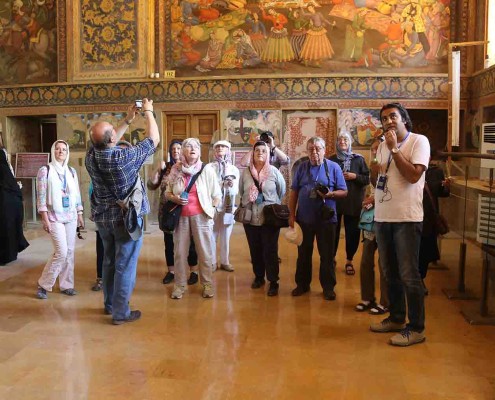 https://irandoostan.com/dostcont/uploads/2016/03/9I3A0388.jpg
1013
1800
Travel to Iran
https://irandoostan.com/dostcont/uploads/2025/05/Irandoostan-logo.webp
Travel to Iran2016-03-10 05:59:402016-07-20 12:05:36Iran, the Top Destination of 2016
https://irandoostan.com/dostcont/uploads/2016/03/9I3A0388.jpg
1013
1800
Travel to Iran
https://irandoostan.com/dostcont/uploads/2025/05/Irandoostan-logo.webp
Travel to Iran2016-03-10 05:59:402016-07-20 12:05:36Iran, the Top Destination of 2016 https://irandoostan.com/dostcont/uploads/2016/03/iran-and-britain.jpg
1000
1500
Travel to Iran
https://irandoostan.com/dostcont/uploads/2025/05/Irandoostan-logo.webp
Travel to Iran2016-03-09 07:38:172016-03-09 07:59:51After four years Iranians can obtain UK visa in Tehran again
https://irandoostan.com/dostcont/uploads/2016/03/iran-and-britain.jpg
1000
1500
Travel to Iran
https://irandoostan.com/dostcont/uploads/2025/05/Irandoostan-logo.webp
Travel to Iran2016-03-09 07:38:172016-03-09 07:59:51After four years Iranians can obtain UK visa in Tehran again
Chaharshanbe Suri (Meaning, Origins, Photos)
Traveling to Iran on the last days of the Iranian year, you will…
 https://irandoostan.com/dostcont/uploads/2016/03/Ancient-Iran-will-be-presented-in-Latin-America-WTM-2016-by-Iran-Doostan-Tours-1.jpg
344
615
Travel to Iran
https://irandoostan.com/dostcont/uploads/2025/05/Irandoostan-logo.webp
Travel to Iran2016-03-08 11:46:322016-03-08 11:51:35Ancient Iran will be presented in Latin America WTM 2016 by IDT
https://irandoostan.com/dostcont/uploads/2016/03/Ancient-Iran-will-be-presented-in-Latin-America-WTM-2016-by-Iran-Doostan-Tours-1.jpg
344
615
Travel to Iran
https://irandoostan.com/dostcont/uploads/2025/05/Irandoostan-logo.webp
Travel to Iran2016-03-08 11:46:322016-03-08 11:51:35Ancient Iran will be presented in Latin America WTM 2016 by IDT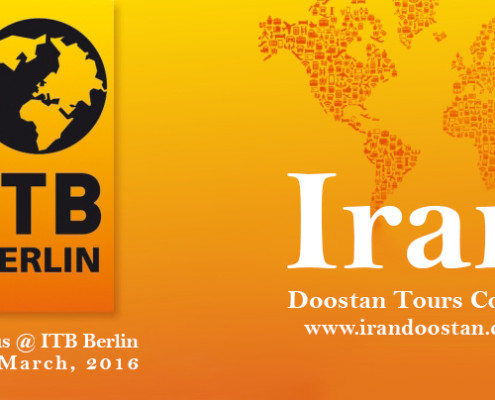
Iran Doostan will attend the ITB Berlin on 9-13 March, 2016
IRAN DOOSTAN TOURS COMPANY (IDT) will attend the ITB Berlin on…


